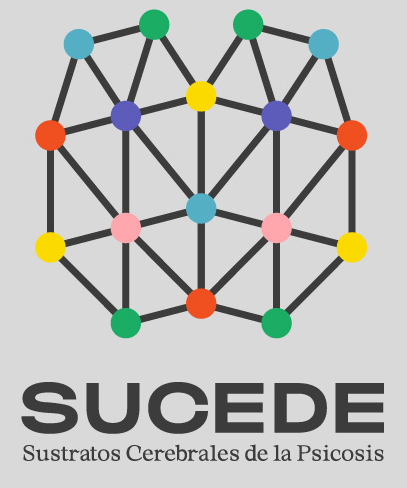Video (in Spanish): https://youtu.be/yWie7gOOIPU
Antonio Arjona:
The latest meeting of the SUCEDE research group focused on exploring the relationship between the segregation of resting-state brain activity and self-experience in patients with schizophrenia. Through the analysis of resting-state EEG data (64 electrodes) and the quantification of the clustering coefficient (CLC)—a measure of local brain connectivity—the study has revealed significant correlations. Specifically, initial results indicate that a higher CLC in the gamma band is associated with greater abnormalities in self-experience, as evaluated by the IPASE scale, as well as with reduced N1 suppression. These findings suggest that a denser local network organization in the gamma band could be a neurophysiological correlate of alterations in self-processing and sensory perception in schizophrenia.
Although no significant differences in resting-state gamma band CLC were observed between patients and controls, a combined analysis of both groups confirmed the persistence of the correlation between N1 suppression and CLC in this band. Additionally, the study investigated event-related brain activity, such as the P300 potential, though no significant correlations were found between IPASE and CLC in this paradigm.
Rosa Beño:
Next, preliminary results were presented and discussed regarding the relationship between corollary discharge and the Default Mode Network (DMN). Correlations were observed between a measure linked to corollary discharge and intrinsic DMN connectivity in a small sample of patients. The research group emphasizes the need to replicate these findings in larger cohorts for confirmation and to explore the potential existence of biotypes within the patient population, which could advance our understanding of schizophrenia’s heterogeneity.



